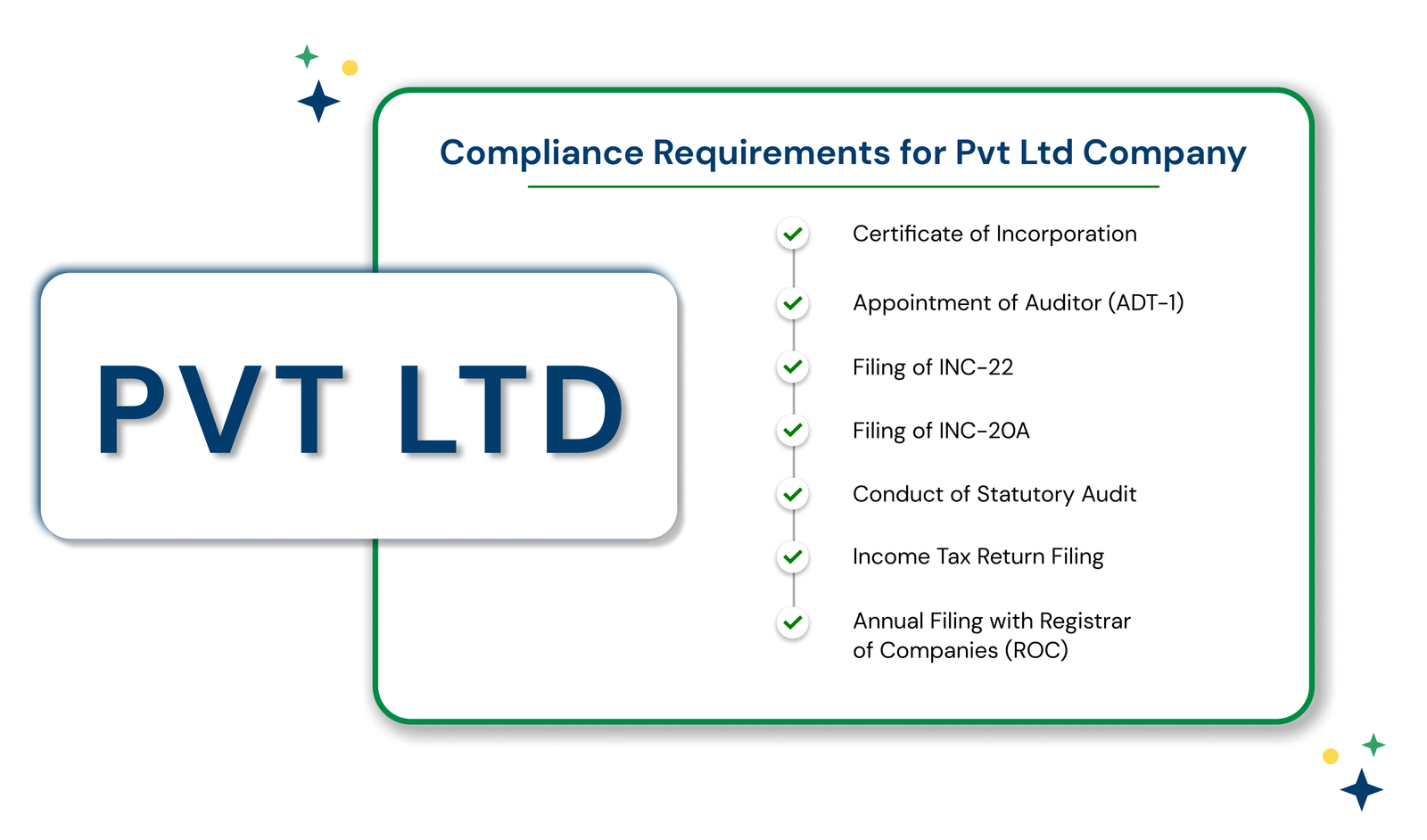Input Tax Credit (ITC) – Claim & Reconciliation Under GST
Need to Update
- No Hidden Charges
- Lowest Price Guarantee
No Hidden Charges
Lowest Price Guarantee
Four Steps to Get Your Incorporation Certificate
Fill the Form
Provide business details
Add to cart
Pay the required fee online
Submit Documents
Upload required papers
Certificate delivery
Official Document Delivery
Find the best plan for your needs
What is Input Tax Credit
Input Tax Credit (ITC) allows businesses to reduce their tax liability by claiming credit for the GST paid on purchases of goods or services used for business. It ensures that tax is applied only on the value added at each stage, preventing double taxation.
Why is ITC Important?
✔ Reduces tax burden by offsetting GST paid on purchases.
✔ Improves cash flow by allowing tax adjustment.
✔ Prevents double taxation by ensuring GST is only charged on value addition.
Latest GST Update (2024) – ITC can only be claimed if it appears in GSTR-2B (auto-generated ITC statement). This makes ITC reconciliation essential before filing GST returns.

Need to Update
Need to Update
Process to Claim ITC
Need to update

- Log in to the GST portal and download GSTR-2B.
- Ensure the supplier has filed GSTR-1, and the invoice appears in GSTR-2B.
New Rule: ITC that does not appear in GSTR-2B cannot be claimed.
- Compare purchase invoices with GSTR-2B.
- Identify missing, incorrect, or excess ITC claims.
Common Issues:
- Invoice missing in GSTR-2B? → Supplier hasn’t filed GSTR-1.
- Mismatch in GSTIN, invoice amount, or tax details? → ITC may be rejected.
Action Required: Contact suppliers and ask them to correct their GSTR-1 filings.
- Enter eligible ITC details in Table 4 of GSTR-3B.
- Report ineligible or blocked ITC separately.
Common Mistake: Claiming ITC on ineligible expenses such as personal purchases, blocked credits, or non-business expenses.
Penalty: Incorrect ITC claims can lead to interest and penalties.
- If you paid GST under RCM (Reverse Charge Mechanism), you can claim ITC only after paying tax in cash via GSTR-3B.
- RCM ITC cannot be claimed in the same month if the tax has not been paid.
Common Mistake: Not reporting RCM transactions separately, leading to tax notices.
Tip: Always verify RCM transactions before filing GSTR-3B.
Note: Need to Update
Common Mistakes to Avoid in ITC Claims
Need to Update
Not Checking GSTR-2B Before Claiming ITC
ITC can be rejected if it doesn’t match supplier records.
Claiming ITC on Blocked Items
ITC on ineligible expenses (like entertainment, personal use) leads to penalties.
Late ITC Claims
ITC must be claimed before the deadline, or it cannot be recovered.
Not Reconciling ITC with Supplier Invoices
Mismatched invoices may be denied ITC during audits.
Not Reporting RCM Transactions Separately
This can lead to compliance issues and tax penalties.
Note: Conduct a monthly ITC reconciliation to catch errors early.
ITC Reconciliation
ITC reconciliation ensures that the ITC claimed matches the invoices reported by suppliers in GSTR-2B.
Frequently Asked Questions
What is GST Input Tax Credit (ITC)?
GST Input Tax Credit allows businesses to deduct the tax they have paid on inputs from the tax they need to pay on output. This means if you are a business owner, you can reduce the taxes you pay on sales by the amount of GST paid on purchases.
Who is eligible to claim GST Input Tax Credit?
Businesses registered under GST can claim ITC. This is applicable to goods and services used for business purposes. It is not available for goods or services exclusively used for personal use or those exempt under GST.
How can I claim GST Input Tax Credit?
To claim ITC, ensure that you possess a valid tax invoice or debit note issued by a registered supplier. You also need to ensure that these purchases are entered in your GST returns and that the taxes on inputs have been paid to the government by your suppliers.
What conditions must be fulfilled to claim ITC?
The conditions include possession of a tax invoice, receipt of goods or services, the supplier has paid the corresponding tax to the government, and the GST return has been filed.
What documents are required to claim ITC?
The essential documents include tax invoices, debit notes, and a receipt of goods or services. Supplementary documentation might include shipping documents and contracts if applicable.
Can ITC be claimed on capital goods?
Yes, ITC can be claimed on capital goods used for the business. However, if the capital goods are used for exempt supplies or personal use, the ITC claim will be restricted accordingly.
What happens if ITC is not claimed within the stipulated time?
ITC should be claimed within the financial year in which the invoice is dated, or before the due date of filing the GST return for September of the following year, whichever is earlier. If missed, the opportunity to claim ITC for that period is lost.
How is ITC managed in case of returns or purchase cancellations?
If goods or services are returned, the ITC claimed on the original purchase has to be reversed. Similarly, for cancellations, any ITC claimed must be adjusted against future liabilities.
Are there any restrictions on claiming ITC?
Yes, ITC cannot be claimed on motor vehicles, food expenses, employee benefits, and other personal consumption goods. Goods and services used for making exempt supplies or for non-business purposes are also not eligible.
How to manage ITC on input services distributed as ISD?
Input Service Distributor (ISD) mechanism allows the distribution of tax credits on input services used at multiple locations of the same business. The ISD registration is required to distribute the credit, and it must issue an ISD invoice clearly mentioning the amount of credit distributed.
Note: Businesses can automate compliance & save time using e-Invoicing software.








